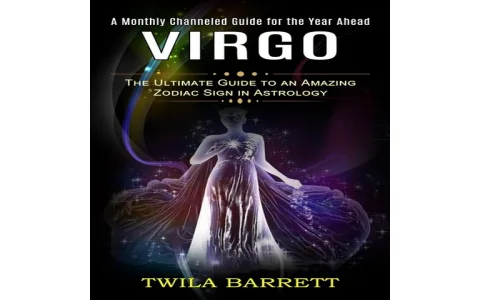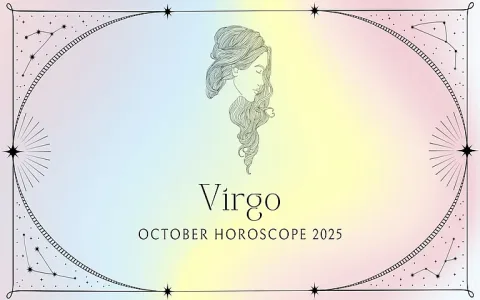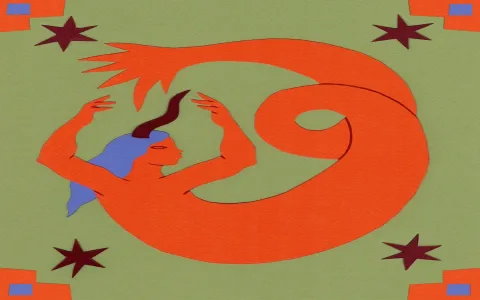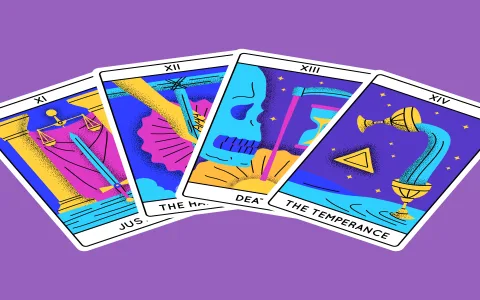Man, sometimes you just trip over a project. You’re not looking for it, but there it is, staring you down. That’s exactly how I wrestled this 2016 Virgo analysis into existence.
I was knee-deep in reorganizing my old digital footprint—trying to clear out the junk from 2020 onward, thinking, “I need space for new stuff.” Then I stumbled into this massive folder. It was labeled “M’s Readings.” M, if you’re guessing, was a significant relationship from back then, a massive, textbook Virgo, and a real believer in planetary alignment. This folder had 52 separate weekly love horoscopes saved as PDFs and messy screengrabs, covering the entire year of 2016.
I swear, I wasn’t planning on reliving 2016, but seeing those predictions, all that vague language about “emotional crossroads” and “financial alignment,” just made me wonder. Could I actually use this pile of fluff to figure out if we were doomed by the stars or if we were just terrible at communicating? I decided to engineer a real impact analysis. I wanted to map the stars versus the actual screams.
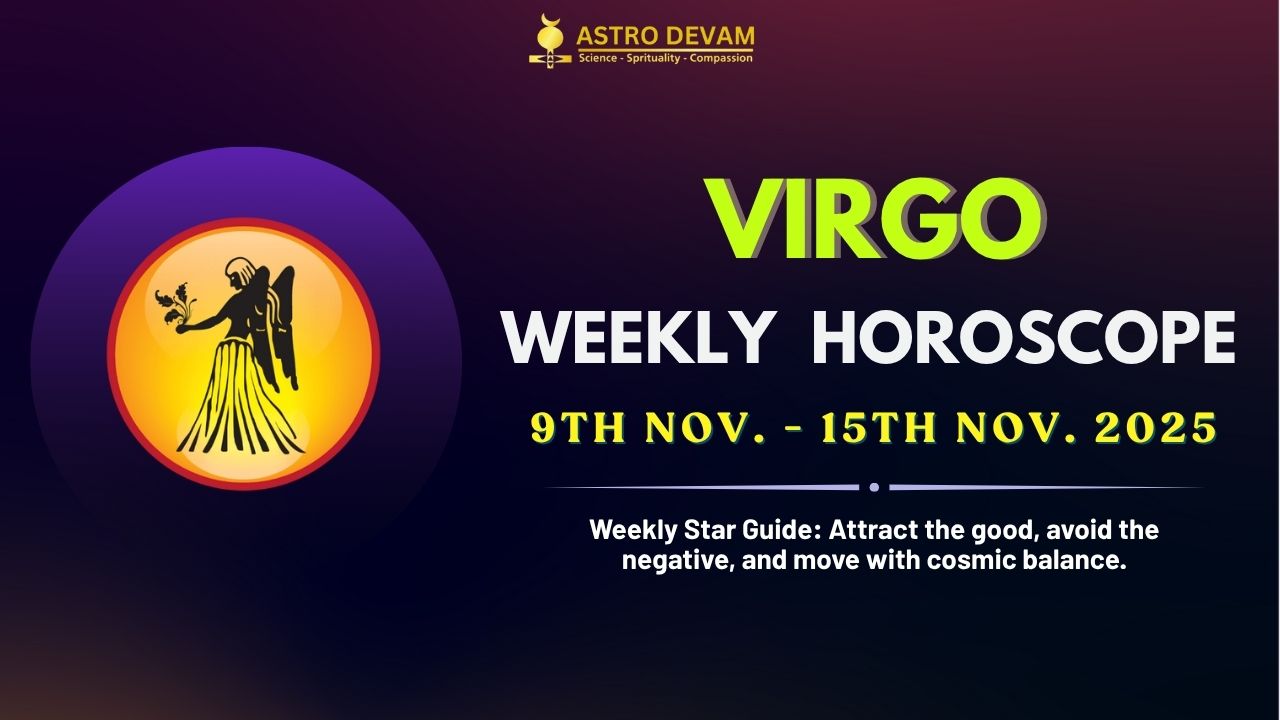
Setting Up the Data Grind
The first thing I did was extract every single prediction. I dumped all 52 documents into a massive spreadsheet. This was the boring part. For each week, I identified the core theme. It usually boiled down to three categories:
- Positive/Opportunity: Phrases like “deepening bonds,” “unexpected romantic opportunity,” or “money stress eases.”
- Negative/Tension: “Misunderstandings brewing,” “stressful communication period,” or “financial pressure testing the relationship.”
- Neutral/Routine: “Focus on home life,” “steady pace,” or “minor decisions necessary.”
I spent a solid two evenings just cleaning this data. I had to standardize the language. If one reading said “argumentative energy,” I tagged it “Tension.” If another said “chance for deeper intimacy,” I tagged it “Positive.” I needed consistent labels if I was going to cross-reference anything.
The Messy Human Data Retrieval
Now, this is where the real digging started. I needed concrete evidence of what actually happened. I pulled up my old dating journal entries—the physical notebooks I kept from that year. Thank God I’m a chronic over-sharer in my own handwritten logs. I also waded through the archived text messages and emails from M and me.
For every single week of 2016, I identified and cataloged the three biggest relationship events:
- When we had a blowout fight (Severity 1 to 5).
- When we had a major positive milestone (e.g., meeting the family, vacation booking).
- When money became a major topic of contention or relief.
I literally scored the relationship weekly. For example, Week 10: Sunday fight about his job application (Severity 4), Tuesday makeup session, Saturday dinner with my parents. I kept it simple, focusing on emotional spikes.
Executing the Cross-Reference Protocol
With the horoscope predictions sitting neatly in Column B, and the reality logs sitting in Column C, I started running the match test. This involved manually checking for alignment. Did the horoscope predict “Tension” and did we have a major fight? That’s a “Hit.” Did it predict “Opportunity” and we spent the week bickering over paint colors? That’s a “Miss.”
I quickly realized that the language was so broad, I had to be strict. I decided that a prediction only counted as a hit if the relationship event was the primary focus of the week. For example, the reading said “potential financial difficulty,” and we argued about splitting a large utility bill that week—that counts. But if it said “tension” and we argued about whether Game of Thrones was good, that’s a miss. It had to be about the actual dynamics.
I processed all 52 weeks twice, just to make sure I hadn’t gone soft on the matching the first time around. It was brutal, but necessary for clean data.
The Impact Analysis and What I Got Out Of It
After all that labor, I tally-counted the outcomes. Here’s the punchline:
Out of 52 weeks, I found strong alignment only 14 times. That means about 27% of the time, the horoscope vaguely lined up with what we were going through. The rest of the time, the prediction was either totally off, or the prediction was neutral while the week was pure chaos.
But the real takeaway wasn’t about the astrology being junk—we already knew that. The real impact analysis happened when I reviewed the weeks that didn’t align. I started seeing patterns in our communication that had nothing to do with planetary alignments, but everything to do with our inability to handle external stress.
The horoscope might say “Positive opportunity awaits,” but if M was stressed about work (something the stars couldn’t track), the week was guaranteed to be a disaster. I extracted the hard truth: we used the horoscopes, especially the positive ones, as a distraction or an excuse not to tackle underlying issues. If the stars said things were good, we forced ourselves to believe they were good, even when we were deeply miserable.
This whole exercise, which took me about 30 total hours of reviewing old digital debris and handwritten trauma, showed me that we weren’t fighting the cosmos; we were just ignoring the obvious cracks in the foundation. It was a hell of a project, and honestly, the best relationship closure I could have engineered myself. I finally closed that file and felt a lot lighter. No more reliance on vague celestial guidance—just raw data and human behavior.

